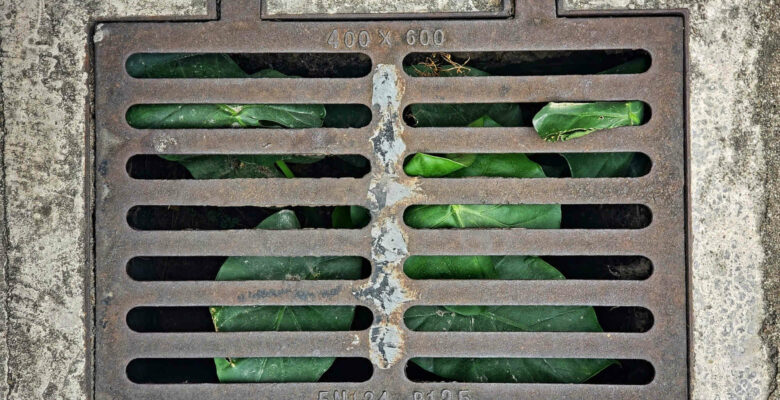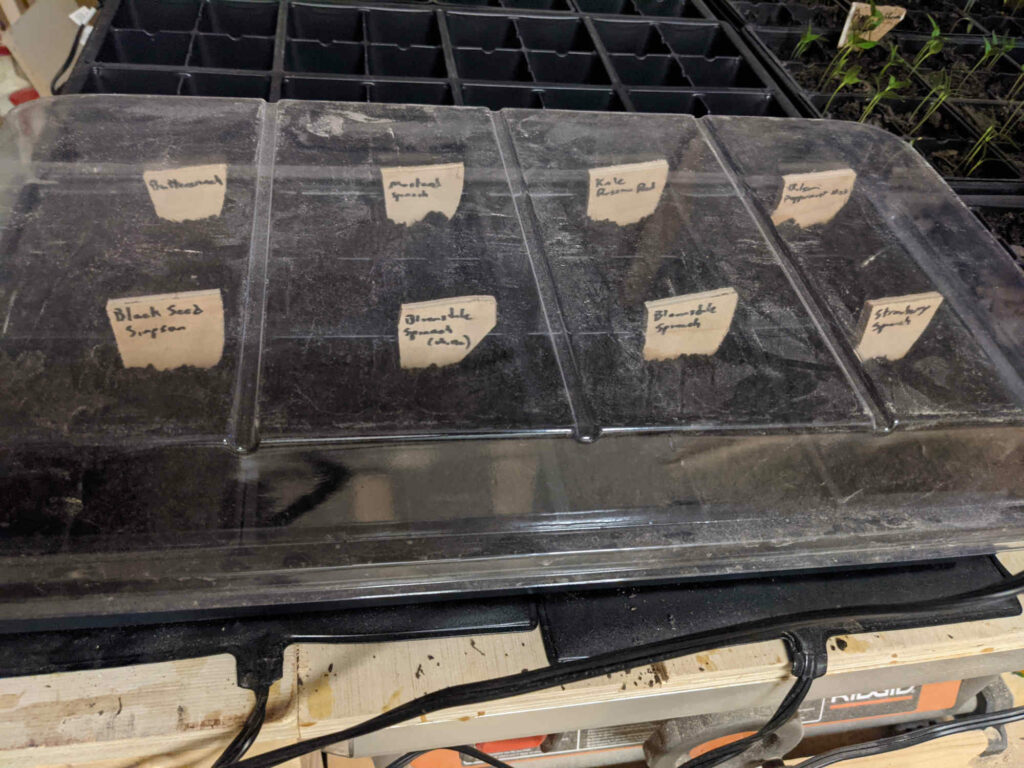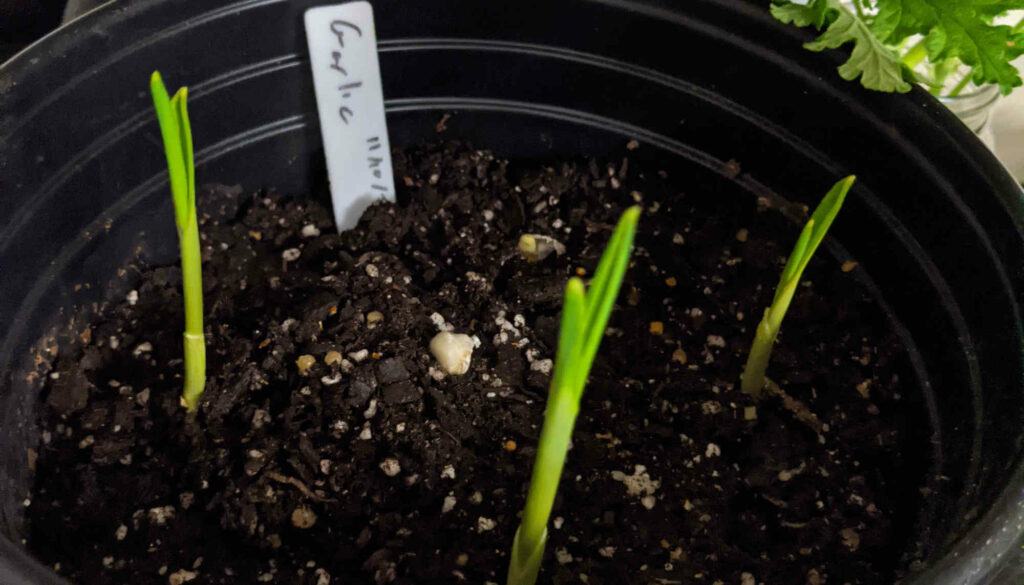We’re going to introduce you to the septic tank. If you live in a rural area or a location without access to a municipal sewage system, then you are likely familiar with septic tanks. These systems are designed to treat and dispose of wastewater from your household. You’ll find them, most commonly, in rural homes, commercial properties, and other locations that lack access to a public sewer system.
In this blog post, we will discuss what a septic tank is, how it works, and what maintenance you need to perform to keep it running smoothly. Additionally, we’ll cover common problems that homeowners face with their septic tanks.
What is a Septic Tank?
A septic tank is an underground, watertight container made from concrete, fiberglass, or plastic. They treat and dispose of wastewater from your household. The wastewater enters the tank through an inlet pipe. In the tank, it separates into three layers: solids (sludge), liquids (effluent), and grease (scum).
The solids sink to the bottom of the tank and form a layer of sludge. The grease floats to the top of the tank and forms a layer of scum. The effluent, which is mostly water, sits in the middle layer and is allowed to flow out of the septic tank through an outlet pipe.
How Does a Septic Tank Work?
Septic tanks work by using a combination of natural bacteria and gravity to treat and dispose of wastewater. The bacteria in the tank breaks down the solids and organic matter. At the same time, the tank discharges the effluent into a leach field or drain field. There, it is further treated by the soil.
The leach field consists of a series of perforated pipes buried in trenches in the soil. The effluent from the septic tank flows into the pipes and is allowed to seep into the soil. The soil acts as a natural filter, removing harmful bacteria and other contaminants from the wastewater.
Maintenance for a Septic Tank
Proper maintenance is crucial to keeping your septic tank running smoothly. Neglecting to maintain your septic system can lead to costly repairs and a host of other problems. Here are some tips for maintaining your system:
- Regular Pumping: Regular pumping of your septic tank is essential to keeping it functioning properly. A general rule of thumb is to have your septic tank pumped every three to five years. However, the frequency of pumping may vary depending on the size of your tank and the number of people using it.
- Water Conservation: The amount of water you use can have a significant impact on the health of your septic system. To conserve water, fix any leaks or drips in your plumbing, install low-flow fixtures, and avoid excessive water usage, such as long showers or running the dishwasher or washing machine unnecessarily.
- Proper Disposal: Avoid flushing anything down the toilet that is not biodegradable, such as diapers, wipes, or feminine hygiene products. Additionally, do not pour grease, oil, or other chemicals down the drain.
- Septic Tank Inspections: Regular inspections of your septic tank can help identify potential problems before they become serious. A professional septic tank inspector can assess the condition of your tank, check for leaks, and recommend any necessary repairs.
Common Problems Homeowners Face with their Septic Tanks
Despite proper maintenance, septic tanks can still experience problems. Here are some common issues that homeowners face with their septic tanks:
- Septic Tank Backup: A backup in your septic system can be caused by a variety of factors, including a clogged drain field, a full tank, or a damaged pipe. A backup can be a messy and unpleasant problem, requiring immediate attention from a professional plumber.
- Foul Odors: If you notice foul odors coming from your drains or in your yard, it could be a sign of a septic tank problem. The smell is often caused by a buildup of gases, which can indicate a clog in the system, a full tank, or a leak. A professional plumber can help diagnose and fix the problem.
- Drain Field Issues: The drain field is an essential component of a septic system. If it becomes clogged or damaged, it can lead to wastewater backup and contamination of the soil. Signs of drain field issues include standing water in the yard, slow draining fixtures, or a foul smell in the yard. A professional can assess the situation and recommend the best course of action.
- Tree Root Damage: Tree roots can invade and damage septic system components, such as pipes or the tank itself. This can lead to leaks, clogs, or even system failure. Regular inspections can help detect and prevent tree root damage.
- Tank Damage: Septic tanks can be damaged by a variety of factors, such as heavy vehicles driving over them or shifting soil. If the tank is damaged, it can lead to leaks, backups, and environmental contamination. Regular inspections can help detect and prevent tank damage.
Conclusion
In conclusion, septic tanks are an essential component of rural and some suburban properties. They require regular maintenance and care to ensure they function correctly and avoid costly repairs. Proper water conservation, disposal, regular pumping, and inspections are all critical to keeping your septic system running smoothly. If you suspect a problem with your septic system, it’s best to consult a professional plumber immediately to avoid further damage or environmental contamination. By taking proper care of your septic tank, you can ensure a healthy and safe environment for you and your family.







Leave a Reply